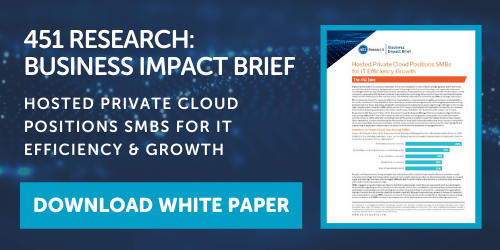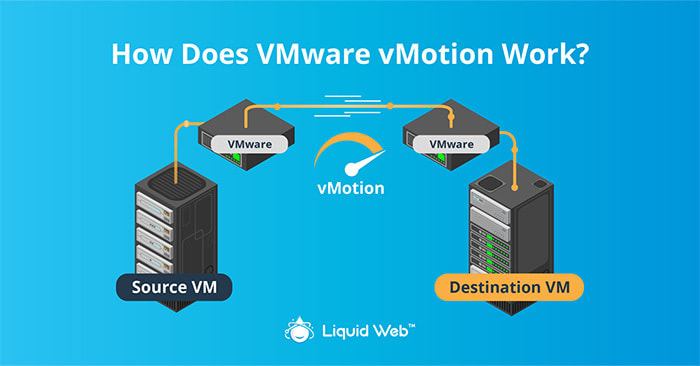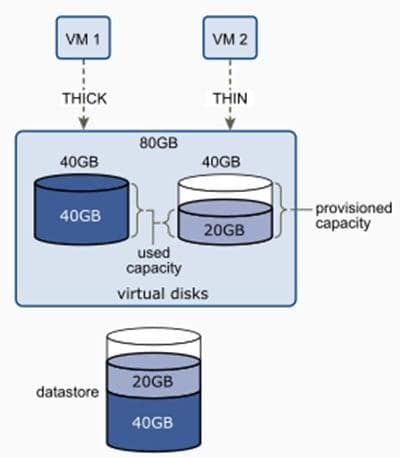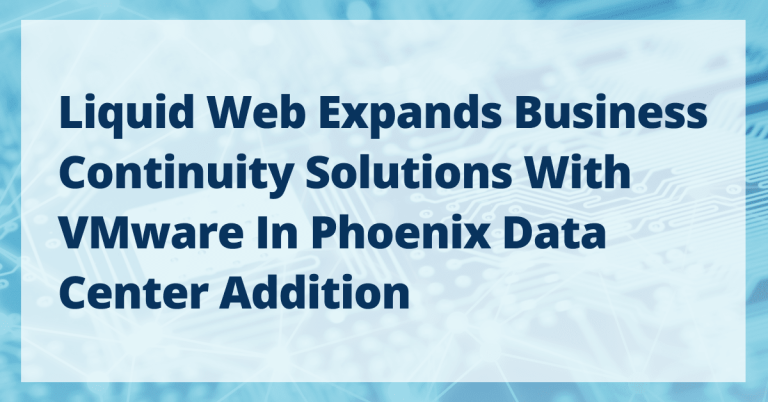An Overview of IaaS: A Beginner’s Guide to Infrastructure-as-a-Service
Infrastructure-as-a-Service, or IaaS, is a service model that provides and manages server infrastructure, taking the burden of maintenance and care off your shoulders. An IaaS provider offers server components, connectivity, physical security, and necessary power.
Instead of managing your own server and worrying about upgrades, backups, and software updates, IaaS takes care of these tasks so you can concentrate on utilizing the resources effectively. If you provide online services, like a website, you typically rely on a hosting provider who manages the hardware. With IaaS, there’s an option to lease or purchase hardware and use it at a data center.
Choosing between public and private cloud options, you’ll rely on the provider for various critical services. They virtualize servers to offer resources on-demand, allowing you to focus less on specific hardware and more on accessibility.
IaaS works by providing access to fundamental resources in the public cloud. This eliminates the need to physically host hardware while allowing you to access virtual resources as needed and pay accordingly.
The resources provided include servers, computing power, networking, storage, data recovery tools, firewalls, development tools, operating systems, and system monitoring tools. The ease of scaling these resources in response to increased traffic without updating hardware physically is one of the significant advantages of IaaS.
Liquid Web’s Cloud Products offer easy-to-use on-demand scaling with predictable monthly expenses for your IT needs. With IaaS, you can install any additional software or infrastructure you require on top of what is provided by the IaaS cloud.
IaaS offers software solutions to access virtual resources without worrying about physical hardware. The infrastructure is hosted in providers’ data centers and shared among users of the service.
The architecture of IaaS allows choosing computing capacity based on processing power needs. RAM is used for actively accessed data by the CPU. Data storage options include SSDs for speed and SATA disks for cost-effectiveness. Networking ensures communication via the internet with managed bandwidth.
IaaS isn’t just about hardware; it’s a software solution that simplifies access to hardware resources like storage and computing power. A range of other resources like firewalls, VPNs, CDN hosting, and load balancers are also often provided by reliable IaaS providers.
Comparing IaaS with PaaS (Platform-as-a-Service) and SaaS (Software-as-a-Service), we see a build-up from base infrastructure in IaaS to a complete application solution in SaaS.
While IaaS has many advantages like on-demand scalability, pay-as-you-go cost structure, and fully managed services, it also has some downsides such as dependency on the provider’s infrastructure, potential noisy neighbor issues due to shared resources, and the possibility of hidden fees.
IaaS serves anyone seeking flexible cloud infrastructure – from individual developers to large DevOps teams – and is particularly beneficial for mobile or desktop application developers.
It’s not just for testing anymore; businesses are moving entire back offices to IaaS data centers for greater freedom to innovate without the burden of maintaining physical data centers.
Before transitioning to IaaS, consider networking reliability, storage compatibility, computing power sufficiency, security measures, and disaster recovery processes of the provider.
Some well-known examples of IaaS providers include Liquid Web, Microsoft Azure, AWS (Amazon Web Services), Google Cloud Infrastructure, InMotion, and Rackspace.
Choosing IaaS means focusing on your business needs rather than infrastructure management. At Liquid Web, we’ve been providing managed hosting solutions for 25 years. Our aim is to serve as your trusted partner in server maintenance so you can concentrate on driving your business forward. Contact us to learn how our Managed Hosting Solutions can deliver the IaaS your business requires.





